The Shivan Tree, scientifically known as Gmelina arborea, is an extraordinary tree species rapidly gaining attention due to its incredible growth speed, medicinal properties, and ecological benefits. Often referred to as White Teak or Beechwood, this tree can be found across Southeast Asia, especially in India and Sri Lanka. Known for its fast growth rate, it is a favorite for those wondering how to plant a Shivan tree in gardens, as well as for its environmental impact.
If you’re interested in how long it takes to grow a Shivan tree, keep reading to learn about its benefits, how to care for it, and why it should be part of your green space.
- What is Gmelina arborea (Shivan Tree)?
- Characteristics of the Shivan Tree
- Gmelina arborea Uses
- Shivan Tree in Cultural Context
- How to Grow and Care for a Shivan Tree
- Environmental Impact and Sustainability
- Common Problems and Solutions in Growing Gmelina Arborea
- Fascinating Facts about the Shivan Tree (Gmelina arborea)
- FAQ Section
- Conclusion
What is Gmelina arborea (Shivan Tree)?
The Shivan Tree (Gmelina arborea) is a fast-growing deciduous tree from the Lamiaceae family. It is found primarily in tropical and subtropical climates and can grow rapidly, making it an excellent choice for forestation projects, replanting, or even personal gardens. Known for its ability to reach 10 meters in height in just 5 years, it is an ideal tree for quick coverage and restoration.
Fun Fact: Did you know that the Shivan Tree is one of the fastest-growing trees in the world? It can reach up to 10 meters in just 5 years.
Scientific Classification:
- Scientific Name: Gmelina arborea
- Common Names: Shivan Tree, Gamhar, White Teak, Beechwood
- Family: Lamiaceae
- Native Regions: India, Sri Lanka, and parts of Southeast Asia.
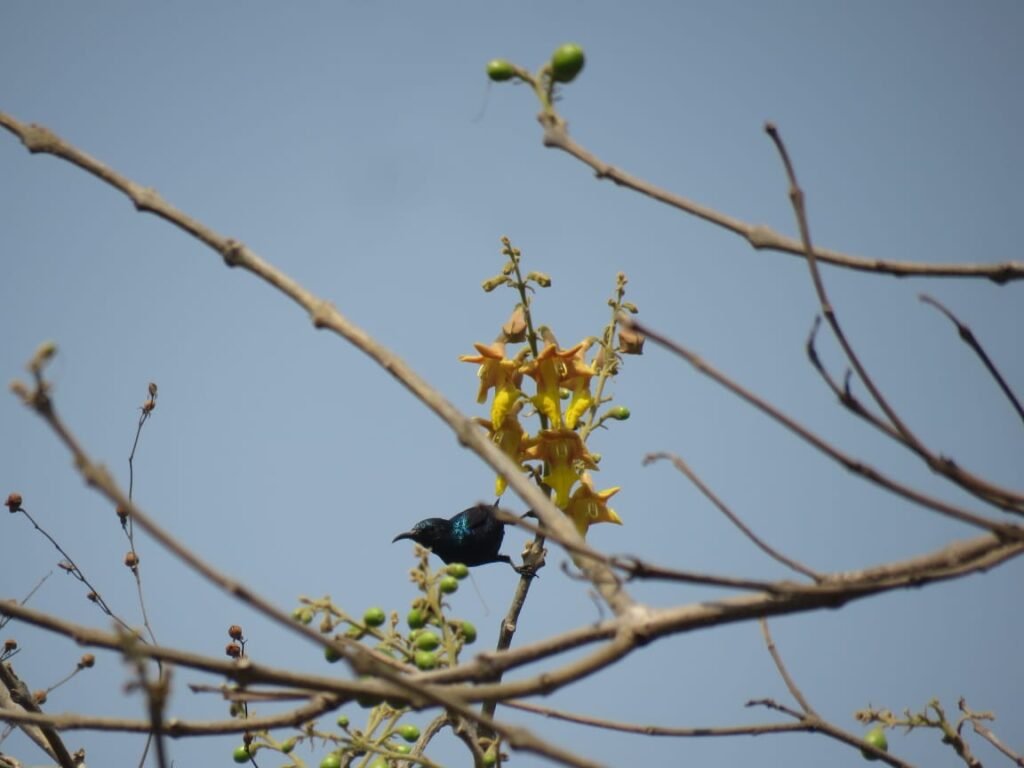
Characteristics of the Shivan Tree
Here’s a deeper look at the Shivan Tree’s key features:
| Characteristic | Description |
| Height | It can grow up to 40 meters tall, making it one of the tallest trees in its region. |
| Bark | White, smooth bark that sheds in patches. |
| Leaves | Large, glossy leaves that offer shade and shelter. |
| Flowers | Yellowish flowers that bloom in clusters add beauty to the tree. |
| Fruits | Birds and wildlife eat small brown drupe fruits. |
The Shivan Tree is ecologically valuable because of its speedy growth and adaptability to various soil types. This makes it ideal for land reclamation and forestation efforts.
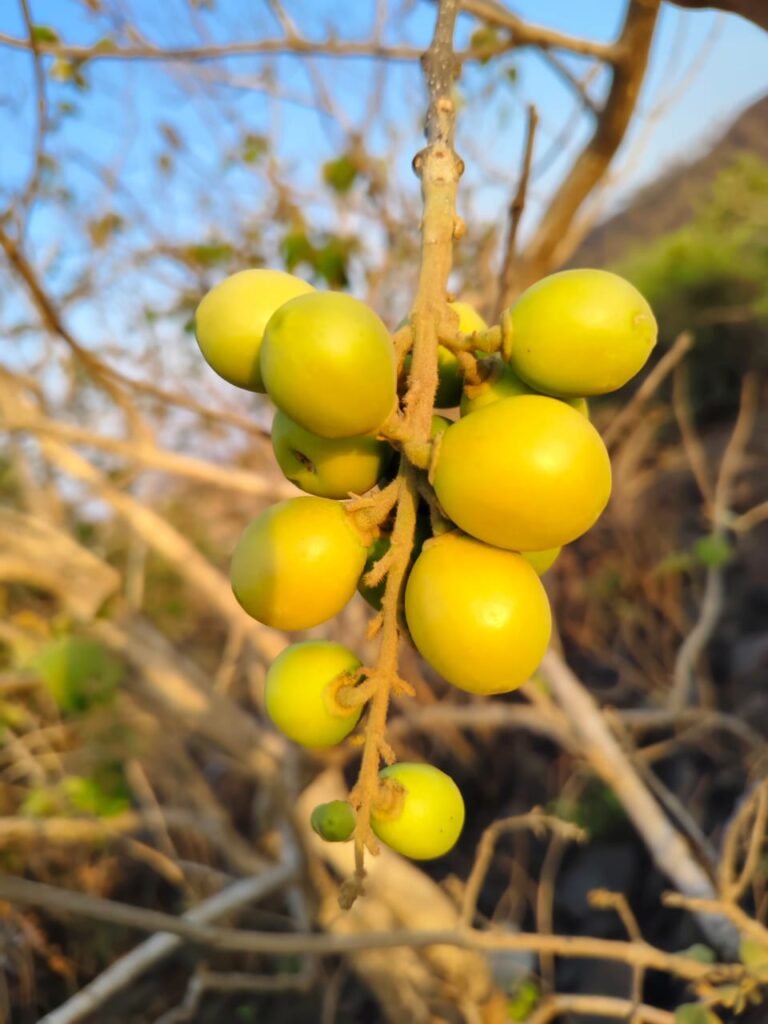
Gmelina arborea Uses
The Shivan Tree offers many benefits across various sectors:
Medicinal Uses:
The Shivan Tree is used in traditional medicine across India and Southeast Asia. Its bark, leaves, and roots contain bioactive compounds that help treat conditions like fever, skin infections, digestive issues, and wounds.
- How long does it take to grow a Shivan tree? While the tree grows quickly, its medicinal properties can be accessed as soon as it matures; it takes about 3-5 years for its leaves and bark to be useful in medicine.
Ecological Benefits:
The Shivan Tree is valuable not just for its medicinal uses but also for its environmental impact. Due to its rapid growth and root system, which help stabilize soil and prevent erosion, it’s ideal for reforestation. As a result, it’s an excellent tree for people asking, “How to plant a Shivan tree for soil conservation or forest restoration projects.”
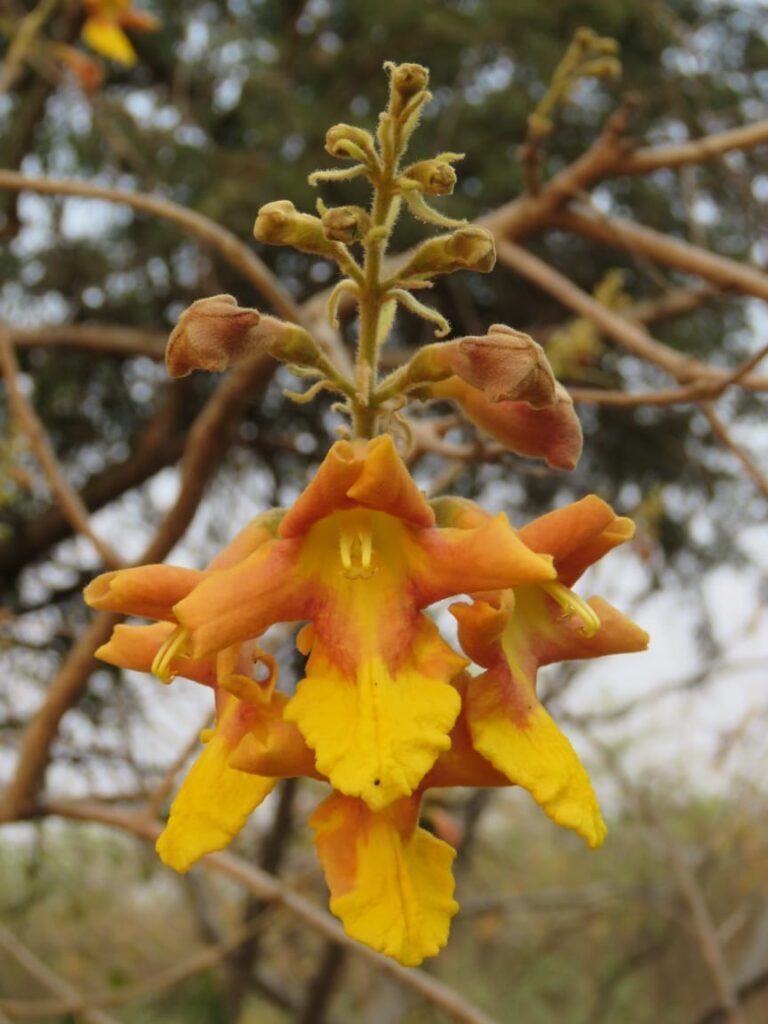
Shivan Tree in Cultural Context
In many cultures, the Shivan Tree holds symbolic importance. In India, it is considered a symbol of prosperity and is often planted near homes for its believed benefits of peace and stability.
How to Grow and Care for a Shivan Tree
Growing a Shivan Tree is easier than you might think! It’s perfect for gardeners who want a fast-growing tree that can thrive in various soil types.
Step-by-Step Guide for Planting a Shivan Tree:
| Step | Details |
| Soil | The tree prefers well-drained soil, which is slightly acidic for optimal growth. |
| Sunlight | Requires full sunlight (6-8 hours a day). |
| Watering | Water regularly, but make sure the soil doesn’t get waterlogged. |
| Spacing | Plants at least 3-4 meters apart to allow the tree to grow well. |
Maintenance:
- Prune the tree regularly to keep its shape and remove dead branches.
- Water the tree consistently, but don’t let it become waterlogged.
- Monitor for pests and diseases, and use natural repellents like neem oil when needed.
Environmental Impact and Sustainability
The Shivan Tree plays a massive role in carbon sequestration. Due to its fast growth rate, it absorbs large amounts of CO2, which makes it essential for climate change mitigation. This makes it a perfect tree for planting in urban areas, forestation projects, and home gardens.
- Eco-Friendly: By planting more Shivan Trees, we can help restore degraded land, prevent soil erosion, and improve the local climate.
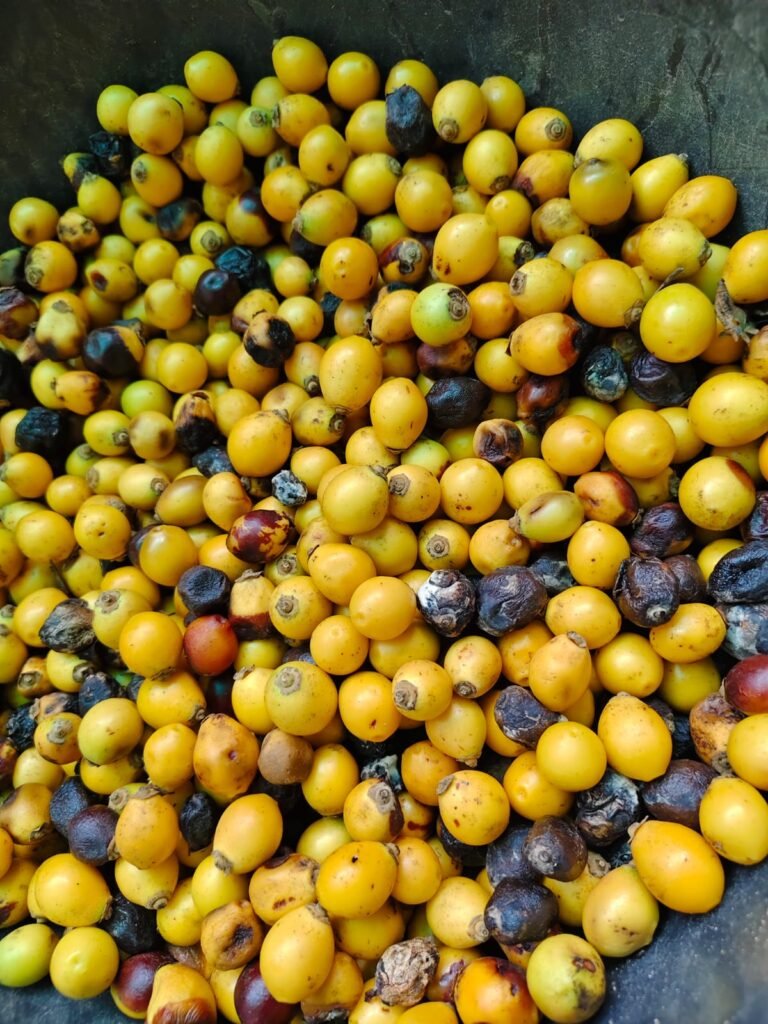
Common Problems and Solutions in Growing Gmelina Arborea
While the Shivan Tree is robust, gardeners should be aware of the following potential problems:
| Problem | Solution |
| Pests | Use organic insecticides or neem oil to manage pests |
| Diseases | Prevent fungal infections by ensuring proper drainage and adequate spacing. |
| Soil Erosion | Plant in areas with good drainage to prevent erosion. |
Fascinating Facts about the Shivan Tree (Gmelina arborea)
- Fast Growth: The Shivan Tree is one of the fastest-growing trees in the world. Under ideal conditions, it can reach up to 10 meters in height in just 5 years, making it an excellent choice for reforestation and land reclamation projects.
- Highly Resilient: Gmelina arborea can thrive in various soil types, including poor soils and areas with minimal water availability. This tree is known for its ability to adapt to different environments, making it perfect for tropical and subtropical regions.
- Medicinal Benefits: The Shivan Tree has been used in traditional medicine for centuries. Its bark, leaves, and roots are believed to have antibacterial, anti-inflammatory, and antioxidant properties, effectively treating fever, digestive issues, and skin infections.
- Wildlife Support: Wildlife, including various species of birds and insects, consume the fruits of the Shivan Tree. The tree’s dense canopy also offers shelter to animals, making it an essential part of local ecosystems.
- Carbon Sequestration Champion: Due to its rapid growth rate, the Shivan Tree is a carbon sequestration powerhouse. It absorbs large amounts of CO2, helping reduce the levels of greenhouse gases in the atmosphere and contributing to climate change mitigation.
- Symbol of Prosperity: In many parts of India, the Shivan Tree symbolizes good fortune and prosperity. People often plant this tree near their homes, believing it brings peace and stability to the household.
- Economic Impact: Trees are a significant part of the forestry industry in countries where they are grown, especially for timber and wood products. Their ability to grow rapidly makes them a sustainable source of wood, contributing to the timber trade without causing deforestation.
- Improves Soil Quality: The Shivan Tree’s roots help improve soil structure by preventing erosion and increasing soil fertility, making it a key player in soil conservation projects. It is beneficial in areas that are prone to flooding and soil degradation.
- Ideal for Urban Planting: Due to its aesthetic appeal and moderate height, the Shivan Tree is increasingly being planted as an ornamental tree in urban areas. It provides shade, improves air quality, and enhances the green cover of cities.
Shivan tree (Gmelina arborea) seeds can be obtained from local Forest Department nurseries and online platforms like Leafy Nurseries.
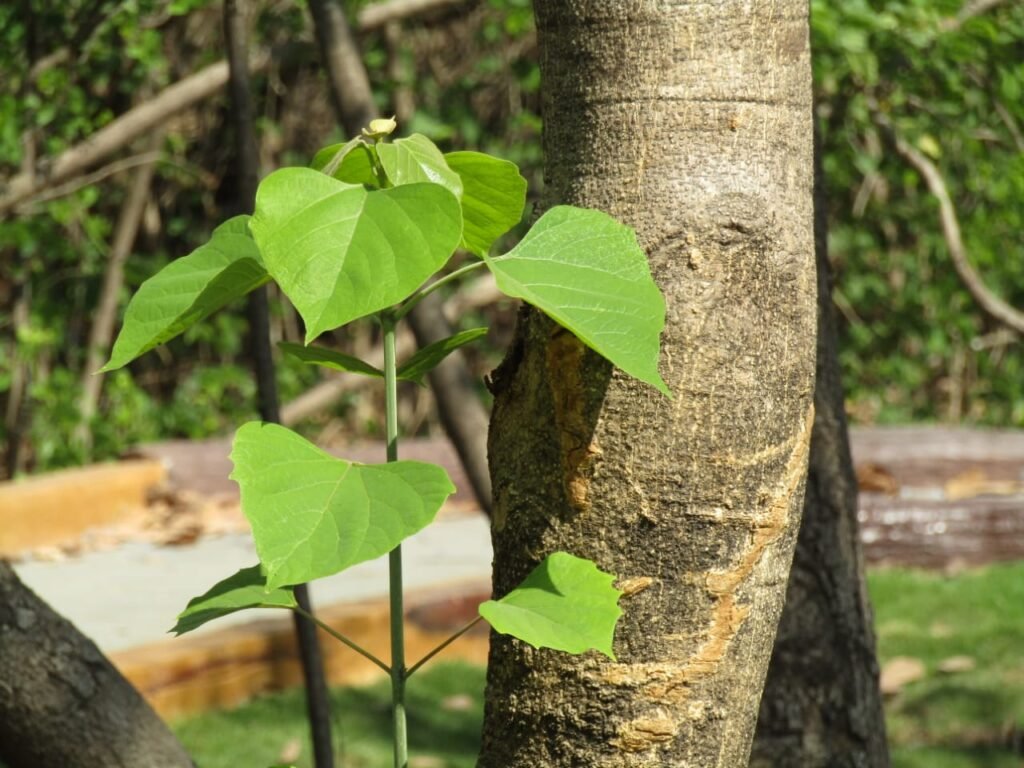
FAQ Section
How long does it take for a Shivan tree to grow?
A Shivan Tree can grow up to 10 meters in just 5 years, making it one of the fastest-growing trees in the world.
What are the medicinal uses of Gmelina arborea?
Gmelina arborea’s anti-inflammatory and antioxidant properties make it helpful in treating conditions such as fever, diarrhea, skin infections, and more.
How to plant a Shivan tree?
The Shivan Tree prefers well-drained, slightly acidic soil and full sunlight. It requires regular watering, but the soil should not be waterlogged.
What is the ecological importance of the Shivan tree?
The Shivan Tree helps conserve soil, prevents soil erosion, and regulates carbon sequestration, making it ideal for reforestation and urban greening.
Conclusion
The Shivan Tree (Gmelina arborea) is a wonder tree that offers benefits across various sectors. Whether you want to grow it for medicinal purposes, reforestation, or to enhance your garden, the Shivan Tree is a fast-growing, low-maintenance option supporting the environment and human health.
By planting more Shivan Trees, we contribute to greener, healthier communities. If you’re looking for a tree that’s both beneficial and easy to care for, start planting the Shivan Tree today and enjoy its many rewards!



